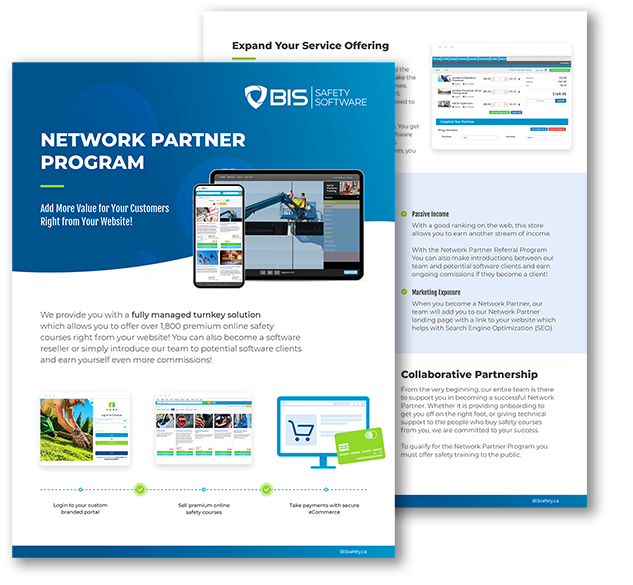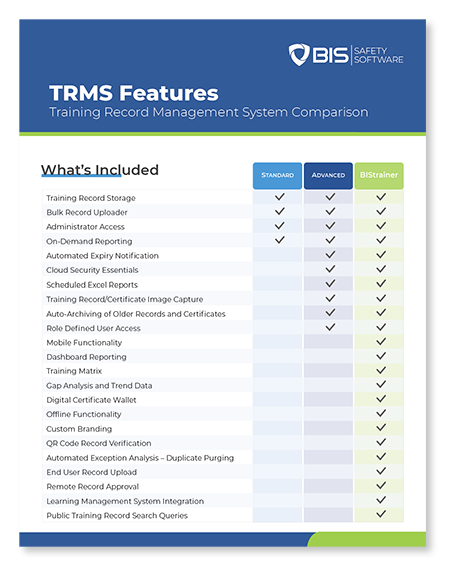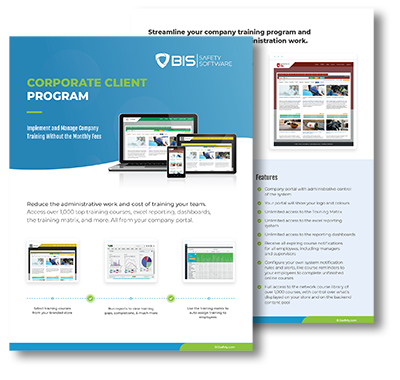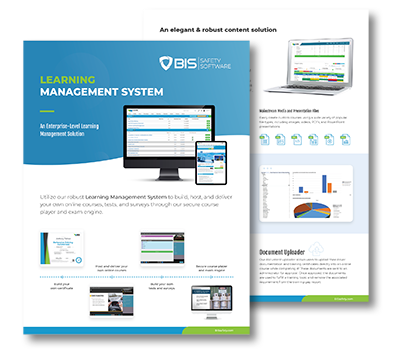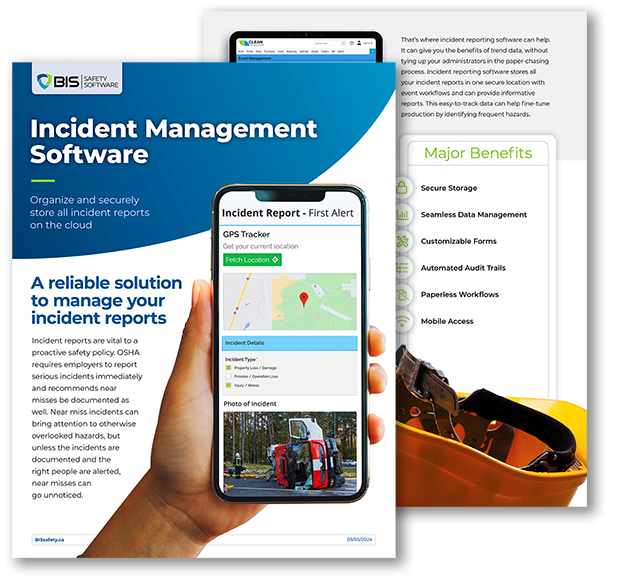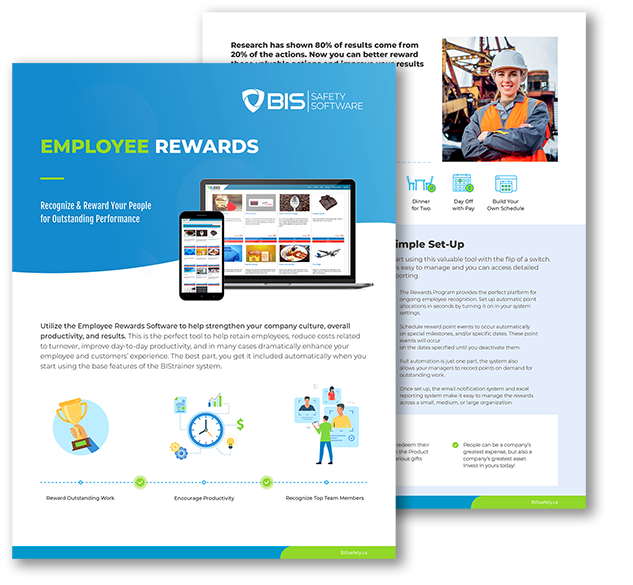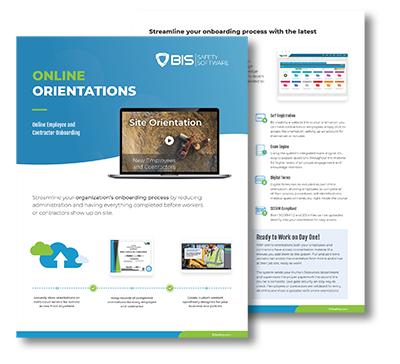In the complex landscape of business operations, ensuring workplace safety stands as an irrefutable priority. However, the pursuit of safety often intersects with the harsh realities of financial constraints, particularly in times of economic turbulence. Companies grappling with economic challenges are confronted with the daunting task of balancing the imperative to safeguard their workforce with the need to trim costs. Yet, amidst this conundrum, innovative approaches emerge—out-of-the-box strategies that challenge conventional thinking and offer pathways to cut safety costs without compromising employee well-being.
These unconventional methods require an initial investment, where the upfront costs may seem daunting. Yet, their rationale lies in the understanding that the potential risks and costs associated with a safety incident far outweigh the expenditure required for proactive measures. In this article, we delve into five such visionary strategies that companies are employing to navigate the delicate balance between fiscal responsibility and maintaining a safe working environment. Join us as we explore how companies are harnessing innovation to not only save costs but also safeguard their most valuable asset—their employees!
Key Topics
- Crowdsourcing Safety Solutions
- Gamification of Safety Training
- Community Partnerships for Safety Initiatives
- DIY Safety Equipment Prototyping
- Innovative Use of Recycled Materials
Crowdsourcing Safety Solutions
Some businesses have opted to utilize crowdsourcing platforms to collect fresh safety ideas from a broad spectrum of contributors. Through offering incentives to employees, customers, or even the wider public, organizations can access a variety of viewpoints and potentially uncover economical solutions that might have otherwise gone unnoticed.
- NASA’s Innovative Challenges: NASA has been at the forefront of leveraging crowdsourcing to address intricate engineering and safety challenges. Through platforms like HeroX and the NASA Tournament Lab, the space agency regularly hosts competition-based events, calling upon participants globally to propose solutions for specific safety-related issues. For instance, NASA’s “Space Poop Challenge” aimed to solicit creative designs for waste management systems in space to tackle hygiene and safety concerns during extended space missions.
- GE’s Ecoimagination Challenges: General Electric (GE) has utilized crowdsourcing as part of its Ecoimagination initiative, which focuses on driving innovation in clean energy, sustainability, and environmental stewardship. GE has launched several challenges on platforms like GrabCAD and Edison Nation, inviting engineers, designers, and inventors to develop solutions for improving energy efficiency, reducing emissions, and enhancing workplace safety across various industries.
- Shell, a global energy company is leveraging crowdsourcing to foster innovation throughout its operations, pioneering the first-of-its-kind open innovation, Studio X, and partnering with external collaborators and innovators through platforms like InnoCentive to solicit solutions aimed at reducing carbon intensity and enhancing safety.

Gamification of Safety Training
Integrating gamification into safety training programs can enhance employee engagement and improve retention of critical safety protocols. By infusing elements of competition, rewards, and interactive challenges into safety modules, companies foster a more memorable learning experience, ultimately mitigating the likelihood of accidents and injuries.
- BNSF Railway: As a freight railroad network in North America, BNSF Railway prioritizes safety training by integrating gamification into its programs. Through the introduction of the mobile app “Safety Challenge,” [JH1] [JK2] employees participate in interactive training modules crafted as engaging games. Accessible on mobile devices, the app enables employees to undertake safety quizzes, immerse in virtual simulations, and earn points or badges for achievements. This innovative approach fosters active engagement, facilitates progress monitoring, and promotes friendly competition among employees. By reinforcing safety behaviors and enhancing safety awareness, BNSF Railway aims to instill a culture of safety across the railway industry.
- British Airways: British Airways, the UK’s flag carrier airline, integrates gamification into cabin crew training programs and customer experience to enhance effectiveness. Utilizing immersive virtual reality (VR) simulations, British Airways replicates real-life flight scenarios and emergency procedures for cabin crew members. Through virtual role-playing exercises, crew members practice emergency response, aircraft evacuation, and passenger assistance in simulated flight environments. For customers, utilizing VR for a range of therapeutic programmes for those whom may have a fear of flying. By gamifying safety training with VR technology, British Airways provides realistic training experiences, fostering situational awareness, decision-making proficiency, and teamwork, aligning with the airline’s commitment to passenger safety and operational excellence.
- Walmart: Retail giant Walmart employs gamification elements in safety training initiatives to educate employees on essential procedures for maintaining a safe work environment. Interactive training modules simulate various workplace scenarios, enabling employees to identify hazards, adhere to safety protocols, and respond to emergencies virtually. By gamifying safety training, Walmart enhances employee engagement, reinforces safety practices, and mitigates the risk of workplace accidents and injuries across its extensive network of stores and distribution centers.
Community Partnerships for Safety Initiatives
Partnering with local organizations, government agencies, or community groups offers opportunities for collaborative endeavors aimed at cost-effective safety initiatives. By joining forces with these entities, companies can exchange resources and knowledge, accessing support networks and utilizing existing infrastructure. This collaborative strategy facilitates the execution of joint safety campaigns or training programs, resulting in minimized costs while maximizing the effectiveness of safety initiatives.
- ExxonMobil: ExxonMobil, one of the world’s largest publicly traded oil and gas companies, often partners with local communities and government agencies to enhance safety in areas where it operates. For instance, ExxonMobil collaborates with community organizations, emergency responders, and regulatory authorities to develop emergency preparedness and response plans for its facilities. These partnerships involve conducting joint training exercises, sharing resources, and coordinating communication channels to ensure a coordinated and effective response to potential emergencies, such as oil spills or industrial accidents. By working closely with local stakeholders, ExxonMobil aims to mitigate risks, minimize environmental impact, and protect the safety and well-being of communities near its operations.
- Home Depot: Home Depot, a prominent home improvement retailer, actively participates in community partnerships to enhance safety awareness and disaster preparedness within homeowner and community circles. Collaborating with local fire departments, nonprofit organizations, and governmental agencies, the company orchestrates safety workshops, seminars, and practical demonstrations covering vital subjects like fire safety, home security, and emergency evacuation protocols. Through these alliances, Home Depot delivers educational materials, professional advice, and avenues to safety products and services, empowering individuals, and families to protect their residences and neighborhoods from potential hazards and emergencies.
DIY Safety Equipment Prototyping
Some individuals and organizations have begun exploring do-it-yourself (DIY) approaches to designing and prototyping safety equipment or devices. By leveraging open-source designs, affordable materials, and 3D printing technology, innovators can create customized safety solutions tailored to specific needs at a fraction of the cost of commercially available products.
- BMW, a well-known German automotive manufacturer, has incorporated do-it-yourself (DIY) safety equipment prototyping into its dedication to ensuring employee safety. The utilization of DIY safety devices, such as 3D-printed “finger cots” serves to mitigate potential injuries by preventing workers from overstretching their thumb joint while pressing rubber stoppers into the vehicle frame, thereby enhancing both safety and worker comfort.
- Lockheed Martin, a leading company in the aerospace and defense sector, is renowned for its cutting-edge technology solutions encompassing aircraft, space systems, and defense technologies. The incorporation of 3D printing technology has resulted in saving millions for Lockheed Martin. Whether utilized for producing printed prototypes, manufacturing production parts, or developing custom mounts, the advantages of this technology are clearly apparent. For instance, they have utilized 3D printing to fabricate cockpit components, specialized tools essential for helicopter assembly, and even innovative 3D face shields, among various other applications. By placing a strong emphasis on safety, employee well-being, and the adoption of more efficient business practices, Lockheed Martin remains dedicated to prioritizing sustainability and driving innovation for the future.

Innovative Use of Recycled Materials
Repurposing or upcycling materials that would otherwise be discarded can offer a sustainable and cost-effective way to improve safety in various settings. From creating barricades or signage using recycled materials to designing protective gear from reclaimed fabrics, innovative use of recycled materials can not only save money but also reduce environmental impact while promoting safety.
- Nike: Renowned as a leading global sportswear brand, Nike has taken proactive measures to integrate recycled materials into its product offerings as a component of its sustainability initiatives. Notably, Nike has introduced footwear crafted from recycled polyester, rubber, and assorted materials derived from post-consumer waste, encompassing items like plastic bottles and discarded textiles. Through its “Nike Grind” initiative, the company repurposes recycled athletic shoes and manufacturing remnants, transforming them into durable materials utilized in the creation of new footwear and athletic apparel. Through the adoption of innovative recycling methods and materials, Nike actively reduces its ecological impact, conserves valuable resources, and champions circularity within the fashion sector.
- Patagonia: Recognized for its dedication to sustainability and environmental responsibility, Patagonia, a renowned outdoor clothing, and gear brand, integrates inventive recycled materials into its product ranges. Employing recycled polyester, nylon, and down insulation exemplifies the company’s commitment to eco-friendly practices. Through initiatives like the “Worn Wear” program, Patagonia encourages customers to return used clothing and gear for repair, resale, or recycling, thereby prolonging product lifespans and reducing waste. Additionally, Patagonia collaborates with environmental conservation initiatives like “1% for the Planet” to advance global efforts in environmental stewardship. By embracing pioneering recycling methods, Patagonia showcases its unwavering dedication to minimizing environmental impact and fostering a circular economy.
In the complex landscape of business operations, workplace safety remains paramount, often challenged by financial constraints, especially during turbulent economic times. Companies must delicately balance protecting their workforce with cost-cutting measures. Despite these challenges, innovative approaches emerge, offering unconventional strategies to reduce safety expenses without compromising employee well-being. These visionary methods, while requiring initial investments, are based on the understanding that the potential risks and costs of safety incidents far outweigh proactive measures’ expenditure. Through this article, we have explored five pioneering strategies employed by companies, showcasing how they leverage innovation to save costs and safeguard their workforce. By adopting crowdsourcing, gamifying safety training, forming community partnerships, embracing DIY safety equipment prototyping, and innovating with recycled materials, companies redefine safety practices, fostering a sustainable and secure working environment for all. Join us in taking the first step towards enhancing your safety standards and optimizing your workplace environment with BIS – let us partner with you in achieving a safer, more efficient future.





